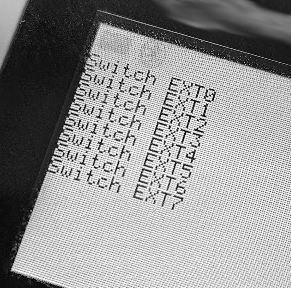This should count as a hack: making music from a thing that should not sing. In this case, [SIROJU] is tickling the ivories with a Brushless DC motor, or BLDC.
To listen to a performance, jump to 6:27 in the embedded video. This BLDC has a distinctly chip-tune like sound, not entirely unlike other projects that make music with stepper motors. Unlike most stepper-based instruments we’ve seen [SIROJU]’s BLDC isn’t turning as it sings. He’s just got it vibrating by manipulating the space vector modulation that drives the motor — he gets a response of about 10 kHz that way. Not CD-quality, no, but plenty for electronic music. He can even play chords of up to 7 notes at a time.
There’s no obvious reason he couldn’t embed the music into a proper motor-drive signal, and thus allow a drone to hum it’s own theme song as it hovers along. He’s certainly got the chops for it; if you haven’t seen [SIROJU]’s videos on BLDC drivers on YouTube, you should check out his channel. He’s got a lot of deep content about running these ubiquitous motors. Sure, we could have just linked to him showing you how to do FOC on an STM32, but “making it sing” is an expression for mastery in English, and a lot more fun besides.
There are other ways to make music with motors. If you know of any others, don’t hesitate to send us a tip.


















